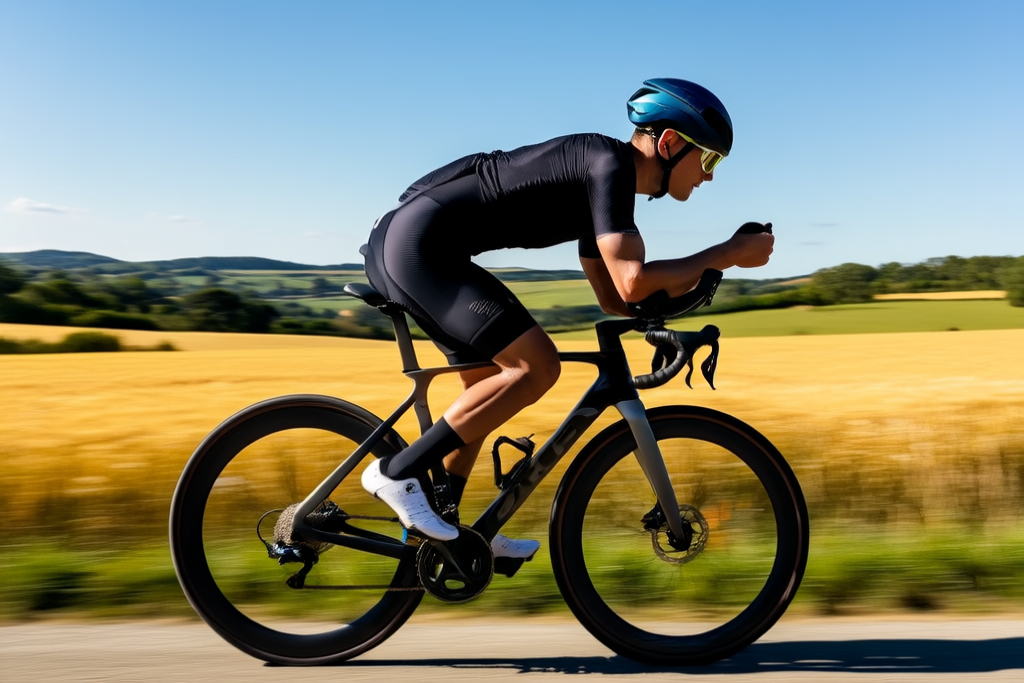
Cycling is a fantastic way to shed those extra pounds, but did you know that the speed at which you pedal plays a crucial role in how effective your workout is? Many people are unsure just how fast they need to go to truly make a difference. Let’s dive into the relationship between cycling speed and weight loss.
Low-speed cycling, typically between 10 to 15 kilometers per hour (about 6-9 mph), feels quite leisurely. At this pace, your body primarily uses fat for energy. However, because the speed is slow, the total calories burned aren’t very high. For instance, cycling at this speed for half an hour might only burn around 100 to 150 kilocalories – roughly the equivalent of a small bowl of rice. If you’re aiming to lose weight with low-speed cycling, you’ll need to commit to longer durations. Unfortunately, long, slow rides can become monotonous and aren’t very time-efficient, potentially requiring two to three hours for a significant calorie burn, which is a big ask for busy individuals.
Moderate-speed cycling, generally between 15 to 22 kilometers per hour (about 9-13.5 mph), is often the sweet spot. At this pace, your body’s aerobic metabolism is working efficiently, allowing you to burn more calories – approximately 300 to 400 kilocalories in an hour. This speed is suitable for most people, offering a good level of intensity without causing excessive fatigue. Dedicating an hour a day to moderate-speed cycling, if done consistently, can lead to noticeable weight loss and a reduction in body fat percentage. Plus, it’s a great opportunity to enjoy the scenery and boost both your physical and mental well-being.
High-speed cycling means pushing your pace above 22 kilometers per hour (over 13.5 mph). This level of exertion demands a good level of physical fitness. During high-speed cycling, your body often enters an anaerobic state, rapidly increasing your heart rate and burning even more calories – potentially 400 to 600 kilocalories per hour. However, sustaining such a high speed is challenging for most, and there’s an increased risk of injury if you don’t have a solid cycling foundation. It’s generally not recommended to attempt high-speed cycling without proper training and conditioning.
A highly effective strategy is interval training, which involves alternating between high and low speeds. For example, you might cycle at a fast pace for a few minutes, then switch to a slower recovery pace for a few minutes, and repeat. This type of alternating intensity helps your body switch between aerobic (oxygen-sufficient) and anaerobic (oxygen-deficient) states, boosting your metabolism and burning calories more efficiently. Furthermore, interval cycling is often easier to sustain than continuous high-intensity efforts and is less demanding on the body’s overall adaptability. By carefully managing the timing of your fast and slow intervals, you can achieve significant weight loss results.
It’s important to remember that everyone’s health status and fitness level are different. Consequently, your adaptation to speed and calorie expenditure will vary. Younger or fitter individuals might burn more calories during fast-paced rides, while older adults or those with lower fitness levels may find low-to-moderate speeds more appropriate and sustainable.
Therefore, there’s no one-size-fits-all answer to how fast you should cycle for weight loss. The key is to choose a cycling speed and technique that aligns with your personal circumstances, fitness level, and goals. Listen to your body, progress gradually, and enjoy the journey to a healthier you!

